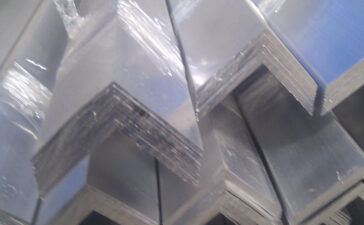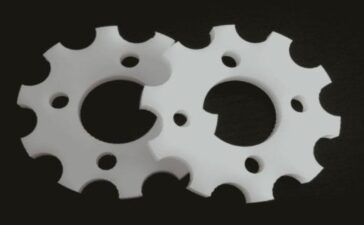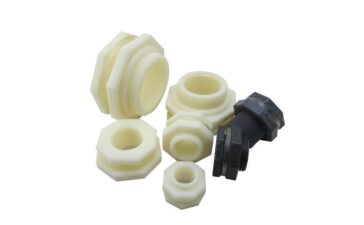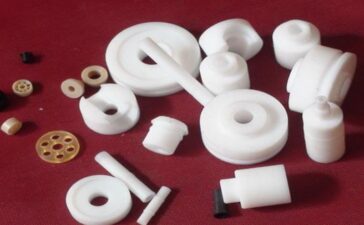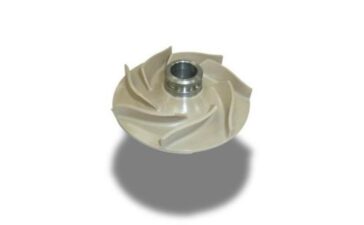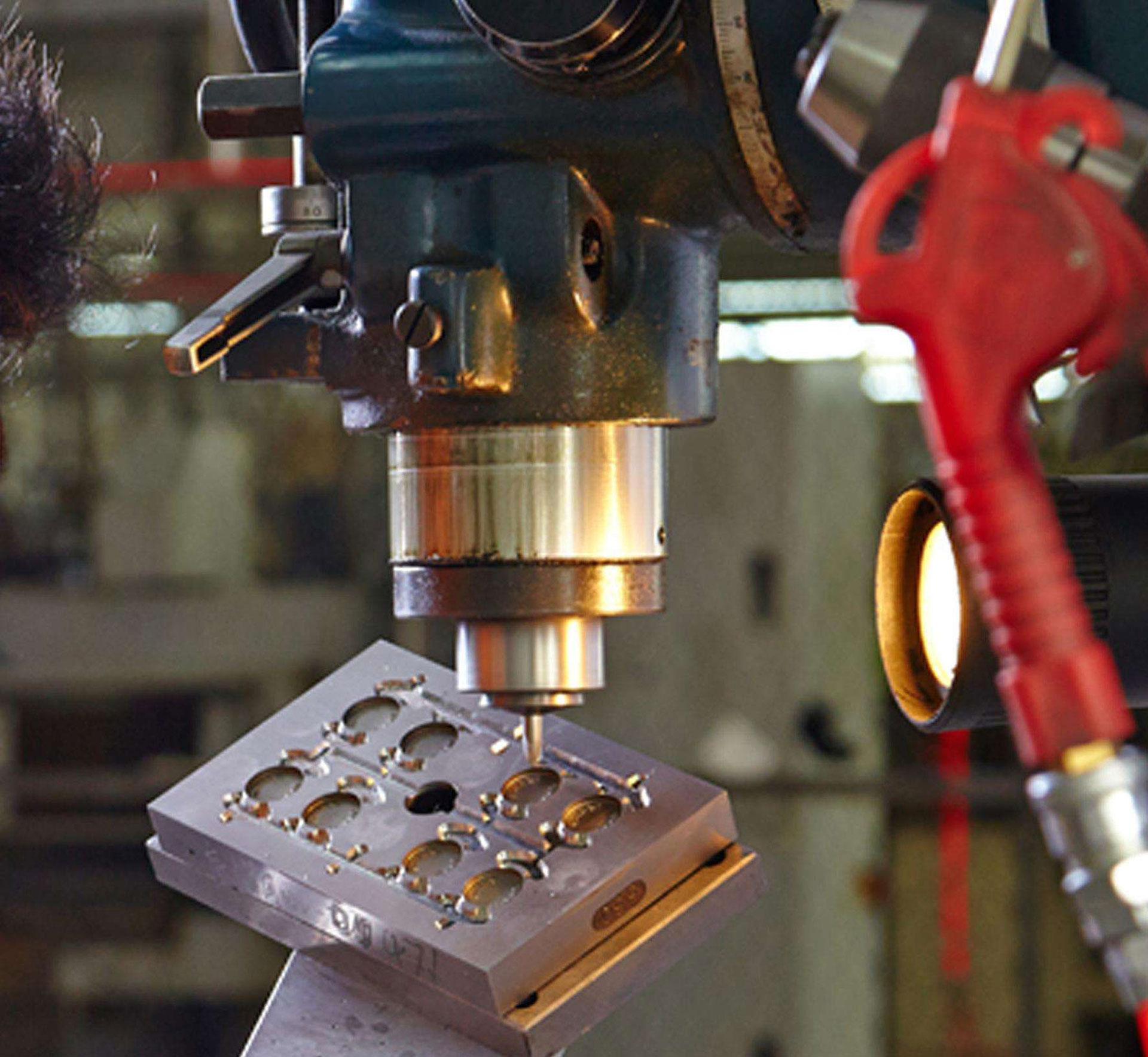Difference: In addition to carbon, carbon steel generally contains a small amount of silicon, manganese, sulfur, and phosphorus, while iron does not.
Carbon steel is iron.
In fact, iron is steel. In the past, traditionally speaking, iron was divided into “pig iron” and “cooked iron”.
“Carbon steel” is a classification of steel, steel is divided into “carbon steel” and “alloy steel” two categories,
For example, various grades of steel plates, steel bars, profiles, common in Japan, are all a type of “carbon steel”.
For example, saw blades, drills, knives, stainless steel and black steel of various brands are a kind of “alloy steel”.
Ultra high carbon steel is an iron-based alloy material with a carbon content of 1.0-2.1%. The earliest industrial feast of ultra-high carbon copper was Damascus. Its carbon content is 1.5%. In the mid-1970s, Stan Pinchol first conducted superplastic research on ultra-high carbon steel, and then the National Laboratory of the United States also conducted research on ultra-high carbon steel. And made a series of patents. In addition. Japan and other countries have also carried out research on ultra-high carbon steel. In the 21st century, my country has also conducted research on ultra-high carbon steel. A suitable preparation process is used to obtain ultra-fine grain ultra-high carbon steel without mesh carbide. Not only has superplastic properties with high deformation rate at medium and high temperatures. And it has good comprehensive mechanical properties at room temperature. Ultra-fine grain ultra-high carbon steel is not only expected to replace some of the medium and high carbon steel manufacturing tools, steel wires and structural parts, thereby significantly improving its service life, but also to use its good solid connection characteristics at high temperatures, it can also be connected with itself or other metal bases. The material connection is prepared into a new high-performance layered composite material. It is a new type of material with great industrial application prospects.


